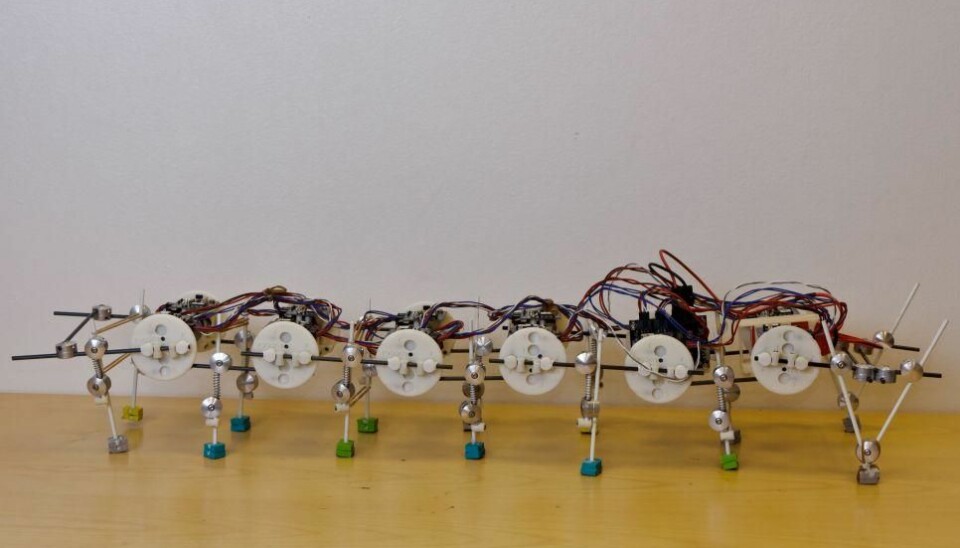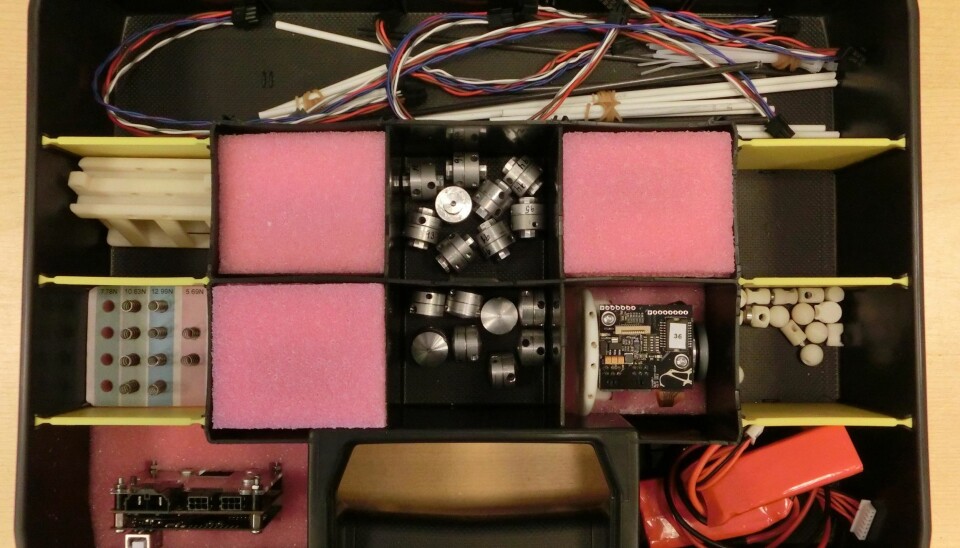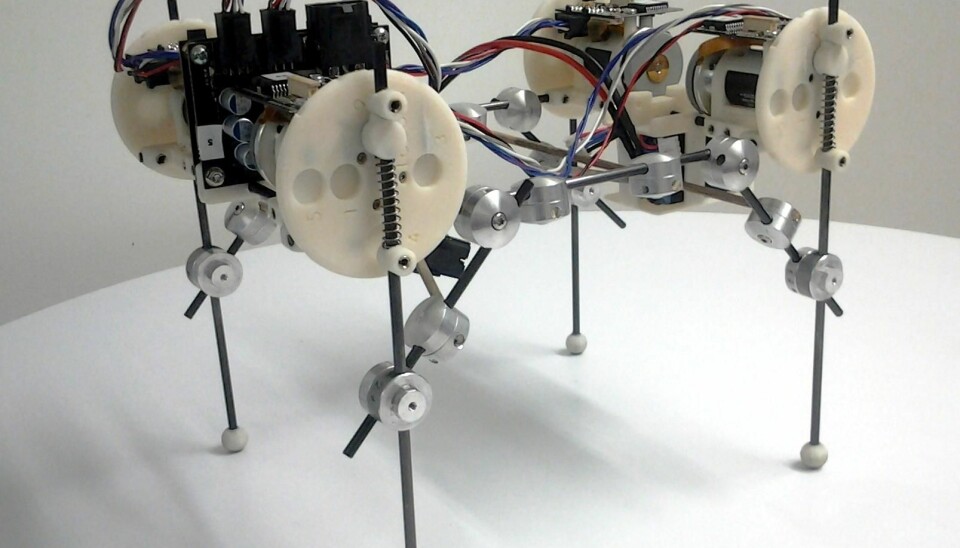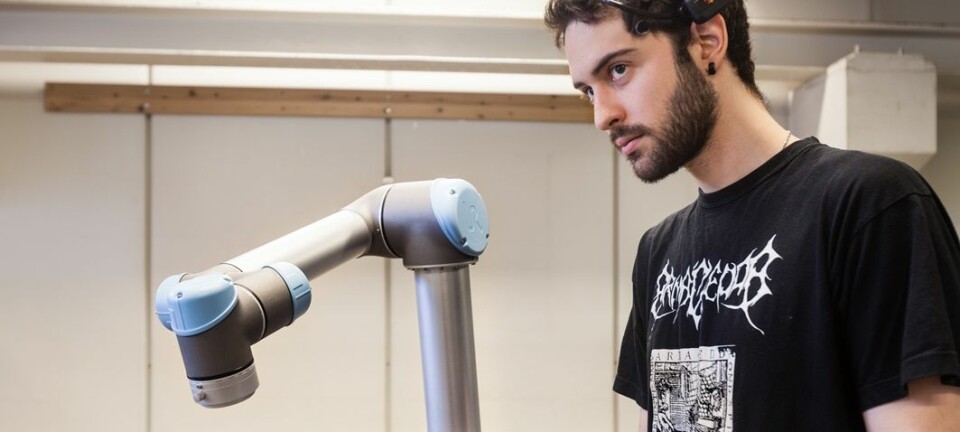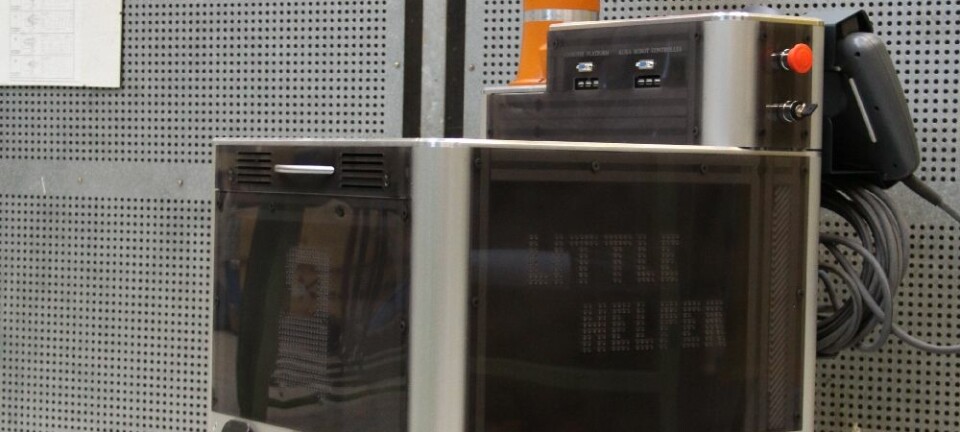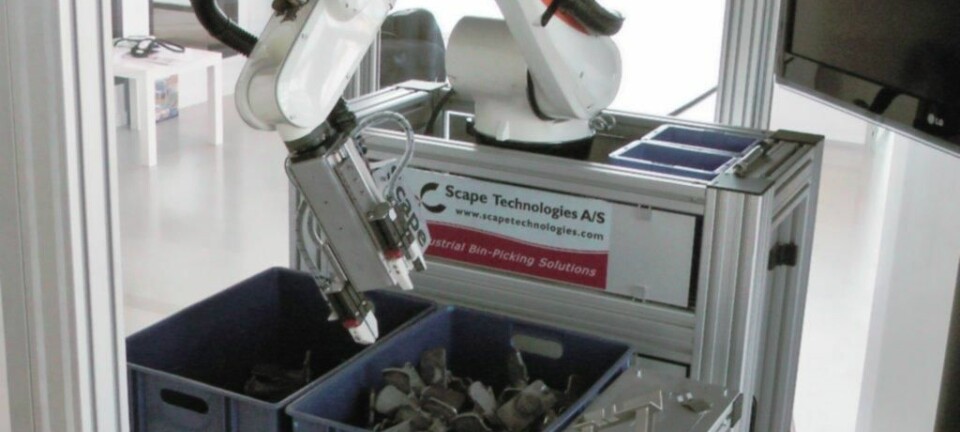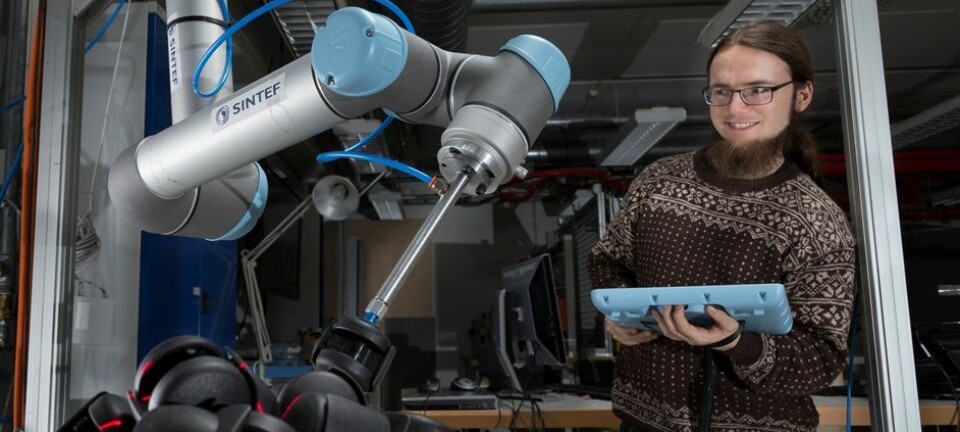DIY kit makes building robots easy
A new do-it-yourself kit makes it much easier to build robots. The kit will help researchers develop and refine human-like walking robots, say the inventors.
With a new do-it-yourself kit, people can now build their own robot – one that can walk, run and even jump. It will, however, take a while before the kit will be available commercially.
The idea behind the DIY kit is to make it quicker and easier for researchers to understand how the design of a robot’s body relates to its ability to move.
Greater freedom to experiment
Today, it is difficult to make changes to a ’normal’, prefabricated robot. If, for instance, you want to adjust the length of its leg, you not only need to make new legs, you also need to reprogram the robot. With the new robot-kit – which has been named LocoKit – robot builders are given greater freedom to experiment.
The programming of the robot is made in advance, and the system is designed to be adjustable, explains one of the inventors, Jørgen Christian Larsen, a PhD student at the University of Southern Denmark:
The clever thing about this kit is that you can now build a walking robot, which would normally take years to complete, in four hours. This makes it possible for researchers to experiment a great deal with the LocoKit before deciding on a final design for the robot.
“With the LocoKit, you can build a robot quickly and change various parts of its body without starting all over again. This opens up for entirely new ways of experimenting when researchers try to figure out how the robot’s body is related to its ability to move.”
He elaborates with an example:
“If you look at what effect having either a stiff or a flexible back has on the robot’s ability to walk, then you can build its back with rigid or resilient materials, respectively, and then test it. It will be significantly easier to carry out this type of experiments with the LocoKit.”
David Johan Christensen, a robot researcher at the Technical University of Denmark, agrees that the LocoKit will be a useful tool for robot researchers:
”The clever thing about this kit is that you can now build a walking robot, which would normally take years to complete, in four hours. This makes it possible for researchers to experiment a great deal with the LocoKit before deciding on a final design for the robot.”
Biologists can help make robots natural
When we move around, our brain performs a great deal of complex calculations for every step we take. Furthermore, our bodies are built to move in many different types of terrain – anything from soft lawns to hard concrete floors, steep hills and rotating stairs. Since these conditions are difficult to mimic mechanically, it is hard to build robots that can walk like humans.
Robot researchers are therefore increasingly working with biologists and other experts in the structure and function of human and animal bodies.
The LocoKit is largely intended as a tool for this type of researchers, says Larsen:
”A biologist, for example, usually doesn’t know how to build a robot from scratch, but with the LocoKit being as user-friendly as it is, a biologist can still experiment with it, while making use of his or her expert knowledge.”
He explains that the LocoKit is a quick and easy way to build robots because:
- The modules and the mechanics are designed and built in advance, which means that users are free to assemble them in any way they like.
- The software is pre-programmed. Users choose between a variety of settings in the program, depending on how they want the robot to move.
Future robots will be walking among humans
The ultimate goal for Larsen and his colleagues is to be able to build robots that can move around just like humans do – on legs rather than wheels and on a wide variety of terrains. But this is not an easy task:
”Today’s robots work in industry, where they are caged up in their own little environment and do whatever it is they’re doing. But the hope is definitely to get the robot out into ‘the field’, where it can act as our servant. We believe the LocoKit will help make this a reality.”
The team that the University of Southern Denmark has spent three years on developing the DIY kit. The project is part of the EU’s Locomorph programme, which aims to increase the efficiency, robustness, and thus the usability of robots in unknown environments.
The LocoKit website features videos and technical specifications.
-----------------------
Read the Danish version of this article at videnskab.dk
